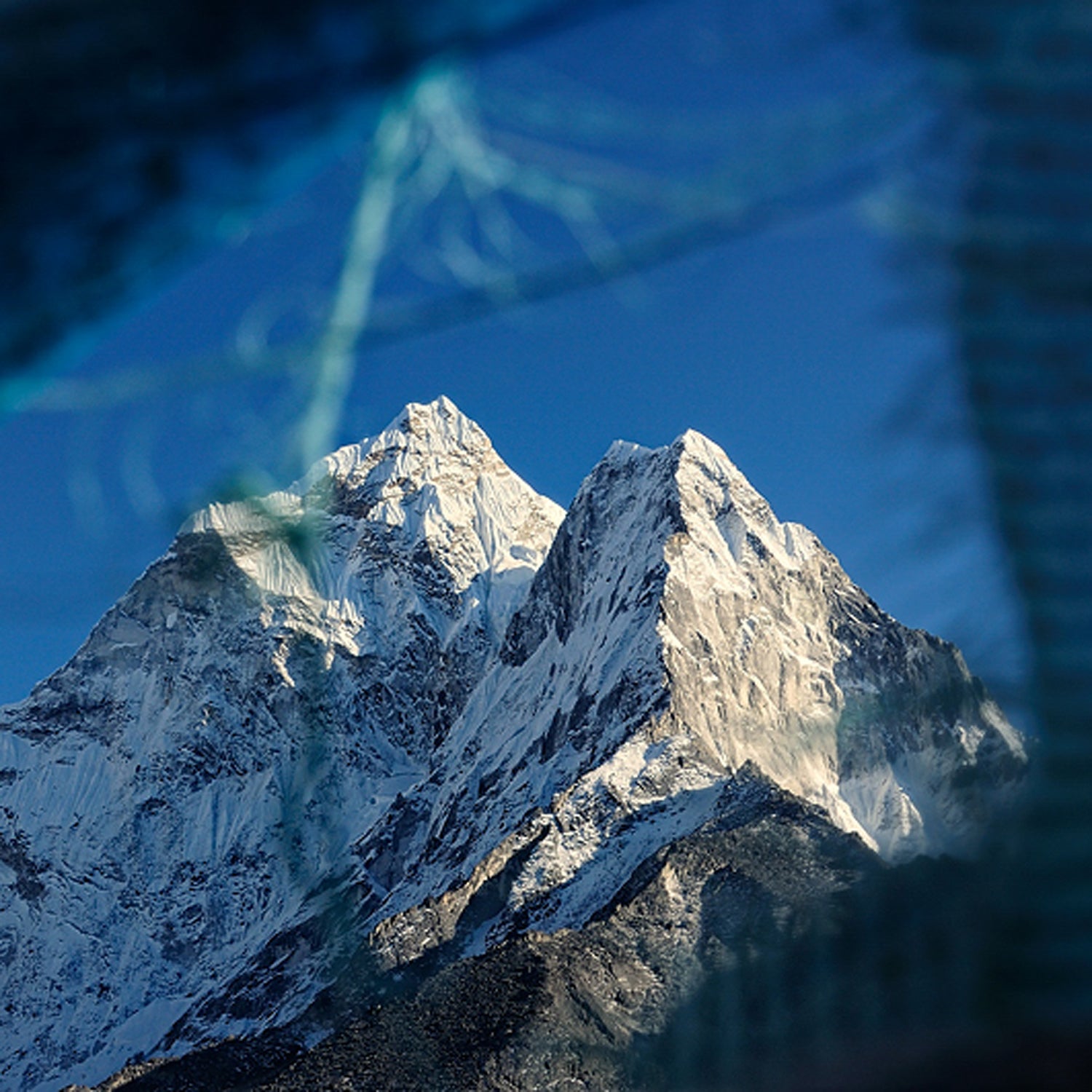During one of the deadliest weeks on Everest, in May of 1996, a vicious storm overcame the three multinational climbing teams on summit day. Eight people died, and reports of the catastrophe, chronicled in ���ϳԹ��� and elsewhere, called into question the dynamics of accountability among climbers attempting the world’s highest peak.
As any experienced mountaineer will attest, predicting who will reach the summit on Himalayan mountaineering expeditions and who will die trying is nearly impossible. But according to a new study published this week in the Proceedings of the National Academy of Sciences, you may have a higher chance of succeeding—or dying—if you come from a country with a rigid social structure. Anecdotally, climbers already have a sense that this is true. Expeditions from the former Warsaw Pact nations and from Korea have a reputation for pushing for the summit at all costs.��Conversely, the study also found that teams from more egalitarian countries summited less often and experienced fewer deaths.
“Hierarchy both elevated and killed in the Himalayas,” report the study authors, a doctoral candidate and a professor from Columbia Business School’s management department and an assistant professor from the Department of Organisational Behavior at INSEAD in France.
The researchers examined 5,104 expeditions—commercial and non-commercial— that took place on more than 100 mountains between 1905 and 2012, using data from the , an online archive of expedition records. They controlled for a wide range of variables, including the year each expedition took place and whether the climbers used supplemental oxygen. They elected not to include expeditions that were comprised of multiple nationalities, meaning that teams like the one Jon Krakauer traveled with during the 1996 disaster were excluded. (Krakauer, an American, was led by a guide from New Zealand and accompanied by a Japanese woman and other Americans. Monoethnic teams from 1996 were included in the study.)
Each country was rated on how rigid its cultural hierarchy is relative to others. (The calculus for this is derived from the research of contemporary social psychologists S.H. Schwartz and Geert Hofstede.) China was rated the most hierarchical, with Russia and India close behind. Norway was the most egalitarian, followed by Austria and Italy. The U.S., ranked in the middle of the pack, was rated as being slightly more hierarchical than Canada. The authors wouldn’t disclose which countries’ teams were responsible for the most deaths or the most summits out of concern for tarnishing reputations and peddling stereotypes. Anecdotally, climbers already have a sense that this is true. (Interestingly, the authors found that hailing from a country with a strong hierarchical culture did not have the same effect—good or bad—on solo climbers, who are rare but nonetheless present in the Himalaya.)
“Hierarchy is an advantage but it’s also a disadvantage.”
The findings confirm long-held beliefs among experienced climbers. “I think we kind of knew it from the seat of our pants,” American expedition leader said of hierarchy’s influence. “But it’s good to see it’s been proven.” They are also consistent with past research on social structure. “Hierarchy is an advantage but it’s also a disadvantage,” said Cecilia Ridgeway, the Lucie Stern professor of social sciences at Stanford University, who has studied hierarchies and collective action extensively.
In dissecting why more hierarchical groups are outfitted for both ultimate success and ultimate sacrifice, the authors take a scientific approach. “The academic literature would suggest decreased psychological safety, better group coordination, and decreased information sharing would all be factors in hierarchical cultures,” said study coauthor Eric Anicich. “I wouldn’t want a reader thinking that we can predict life or death or summiting probability based on which country they’re from.”
According to Ridgeway, the crucial factor to a hierarchical team’s success or failure is often the leader’s competence. Whether or not that competence is compromised by certain ingrained social structures is hard to say. What is clear, Rideway said, is that egalitarian teams are better positioned to survive in the face of potentially dooming conditions, which can overwhelm a single decision maker.
“The reason for that is when they hit these complex situations, under best circumstances they share their information, the ideas bounce off, and they come up with things that none of them would have thought of alone about how to survive,” Ridgeway said.
More than simply confirming suspicions and reinforcing past research, the results offer a stark warning for climbers to consider when assembling their teams, no matter what nation they hail from. Hierarchy is inherent in the relationship between expedition guides and the climbers they lead. Guides dictate the route taken, how fast and how far their teams go each day, and the altitude acclimatization process, among other things—all of which complicate an ascent or descent.
“The clients pay you for your judgment. I’m there to protect them,” says international mountain guide , who lives in Chile and has climbed the 26,906-foot Cho Oyu in Nepal. He isn’t convinced that culture is the key factor driving a team’s fate. “No way does it matter,” he said. After all, the Himalaya is a fluid and dangerous environment, not a vacuum. Success or failure is never the result of one factor, but many. “You still don’t know who’s going to summit,” Mujica said. “Some people can get sick. It’s one day at a time.”
The question then is how can a team find an optimal balance of egalitarianism within the inherent hierarchy of a guided expedition?
“The team would have to know itself well and all the members would really have to trust one another and be willing to go with their boss but also pull back from that in a kind of kaleidoscopic way,” Ridgeway said. “It’s not impossible but it wouldn’t be easy to do. It would depend a lot on the interpersonal skills, not just the climbing skills, of everybody involved.”
Anker has distilled Rideway’s theory into a simple method. “You have a Scotch every night. ‘How’d your day go?’ It’s the same with having a family,” he said. “You sit around and talk through things.”


